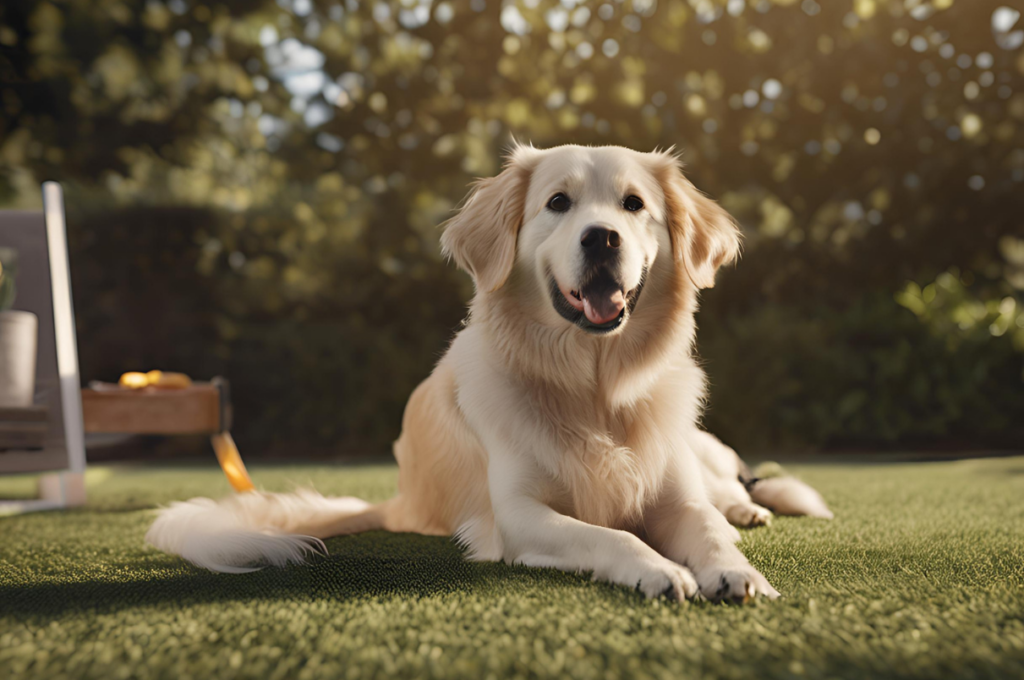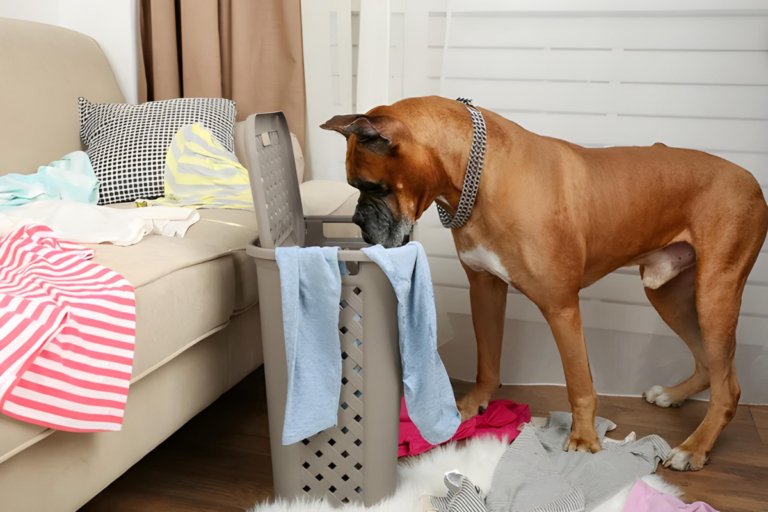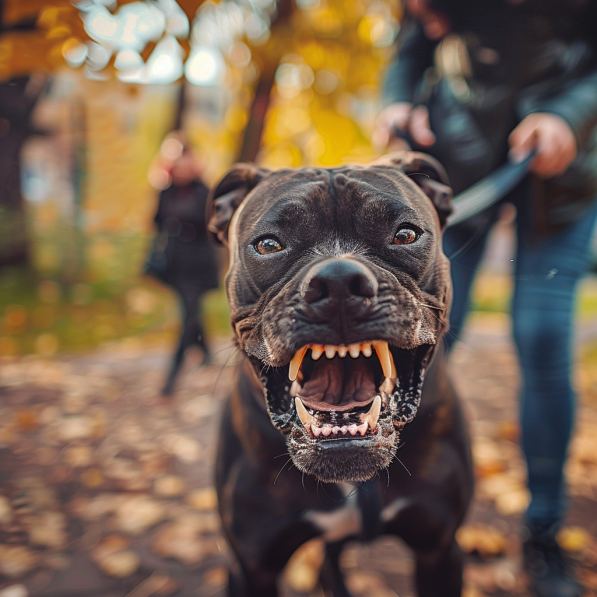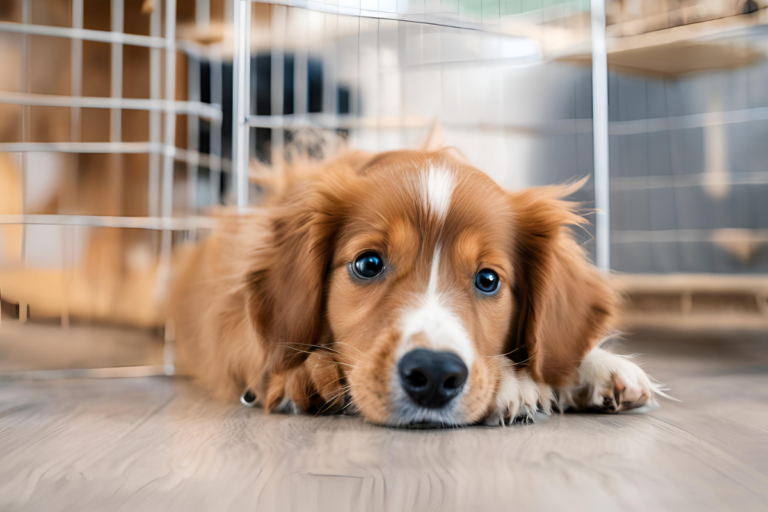Guard Dog Training: How to Turn Your Pet into a Protector


Common Question: Can my friendly dog be a guard dog?
Have you ever asked yourself if your friendly and sweet loving dog could take up the duty of a protector? It’s rather challenging if your pet really is friendly with everyone, including total strangers. But don’t worry!
Becoming a dog trainer in guarding dogs is a very favorable task that displays a lot of amusement in it. Let me help you understand how it is possible to turn your dog into a perfect protector without hampering its friendly traits.
Meet Max: The Friendly Dog
All right, let me introduce you to Max; he is a golden retriever who loves hugs and meeting new people. His owners; the Johnsons, love him to the extreme BUT are always concerned about his friendly disposition.
They want him to be more protective but at the same time still be the same sweet dog. This type of a situation can be observed quite often and if certain measures are taken, then it is quite possible to reach a balance here.
Steps to Train Your Dog
Training your dog to be a guard dog involves several stages. Here’s a detailed guide:
1. Socialization
The first one is that your dog should be friendly to everyone; the neighbors, friends, other pets and comfortable in new and unfamiliar surroundings.
An example is whereby a well-socialized dog is able to differentiate between a friend and stranger. What this means is that you should transport your dog to different areas and let them meet with different individuals.
How to Socialize Your Dog:
- Puppy Classes: Take him or her to classes where he can socialize with other animals or people in an enclosed area.
- Walks in Different Areas: Walk to different areas such as residential areas, parks, and streets that have lots of pedestrian activity with your dog.
- Meet Different People: Socialize your dog with friends and family, and neighbors. It is important that they learn to mix with all sorts of individuals, irrespective of their age or physical appearance.
2. Basic Obedience
When I first brought my dog home, I knew we had to start with the basics. The sit, stay, come, and heel commands were our foundation. I remember the excitement in his eyes every time he got a treat or a belly rub for following a command correctly. It was a journey of mutual learning and trust-building.
Key Commands to Teach:
- Sit: The first command we mastered was ‘sit.’
- Stay: Teaching him ‘stay’ was crucial, especially during our morning routines. The ‘stay’ command kept him in place, ensuring he was safe and obedient.
- Come: ‘Come’ was a lifesaver. I remember one instance at the park when he spotted a squirrel and bolted. Calling out ‘come’ brought him running back to me, and I rewarded him with his favorite treat.
- Heel: Walking together became more enjoyable once he learned to ‘heel.’
Tips for Teaching Basic Commands:
- Short Sessions: Keep training sessions between 5-10 minutes to hold your dog’s attention.
- Consistent Commands: Use the same words and gestures for each command.
- Positive Reinforcement: Always reward good behavior with treats, praise, or playtime.
3. Controlled Aggression Training
I started training my dog to bark or show alertness on command. Whenever someone approached our home, I used the command “alert.” Each time he barked once, I rewarded him with a treat and then commanded him to stop. It took patience, but with consistency, he learned to alert me effectively and then quiet down when told.
How to Train Controlled Aggression:
- Alert Command: Use a specific command like “alert” to signal your dog to bark.
- Reward System: Reward your dog for barking once or twice, then use a command like “quiet” to stop the barking.
- Practice with Friends: Have friends or family members act as strangers approaching your home. Use the alert command and reward appropriately.
4. Guard Command
I decided to train my dog to be on alert with a specific command like “guard” or “watch.” One afternoon, I practiced with a friend acting as a stranger. Using a calm, firm voice, I gave the command, and each time my dog responded correctly, I rewarded him. It was a great way to ensure he understood when to be vigilant.
Developing the Guard Command:
- Controlled Environment: Start in a controlled environment with minimal distractions.
- Introduce the Command: Use a firm voice to say “guard” when you want your dog to be alert.
- Practice with Role Play: Have a friend act as a stranger approaching your home. Use the guard command and reward your dog for responding correctly.
- Consistency: Practice regularly to reinforce the behavior.
Practical Tips for Successful Training

Here are some practical tips to ensure successful training:
- Be Consistent: Train your dog regularly. Use the same commands and rewards each time.
- Be Patient: Dogs learn at their own pace. Stay positive and patient, even if progress is slow.
- Use PAW-sitive Reinforcement: Reward good behavior with treats, affection, and playtime. Avoid punishment, as it can make your dog scared or aggressive.
- Get Professional Help if Needed: If training is challenging, consider hiring a professional dog trainer. They can provide tips tailored to your dog’s needs.
- Practice Real-Life Scenarios: Test your dog’s training in real-life situations. Have friends or family act as strangers to see how your dog responds.
Final Thoughts
Socializing your dog to become a guard dog means it will be a good guard while being friendly to you. Remember:
- Make your dog friendly to other dogs besides humans so that he knows who to approach and who to avoid.
- Start with simple command words as it should be the foundation of the entire course.
- Alongside these, control aggression or have specific guard commands to avoid panicking or provoking guards.
- Key points to bear in mind during training include: specific, be patient and positive when training.
You can train your dog to offer great guard dog services while ensuring that your pet is friendly for family members and other people. The process of turning your dog into a protective companion is indeed a tiresome process, which needs a lot of time and patience.
Key Points
- Socialization: Make sure your dog is friendly to people, animals and all the places you take him.
- Basic Obedience: Primarily, basic obedience instruction should be given which includes sit, stay, come and heel.
- Controlled Aggression Training: Train your dog for barking or show alertness, then get off when the trainer instructs to stop.
- Guard Command: Examples of such commands include; ” guard” or “watch” whereby your dog will alert its senses when you use this command. After reading the above information, practice in real-life situations to confirm this lesson.
So, are you interested and willing to begin your journey to guard dog training today? For additional material and articles for more specifics, please enjoy our other resources and guides.
Whether this is your first time owning a dog, or training your fourth, Pawsitive Learning has something interesting for you and your dog!
Bon voyage on your journey to attain the desired dog training, and have a safe secure life with your friendly, protective dog.






